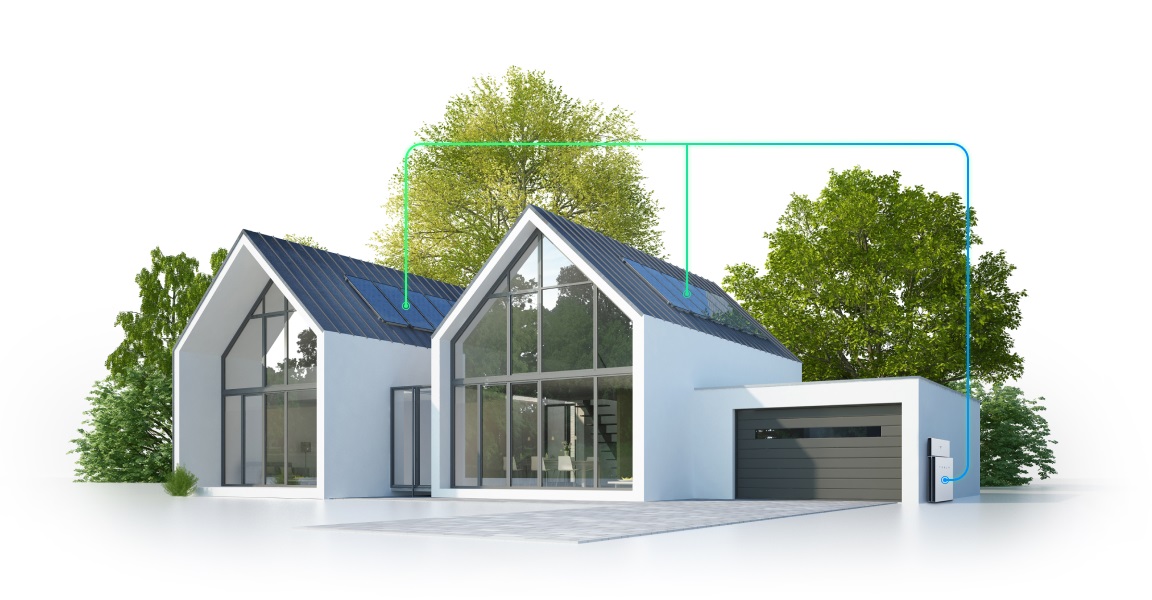Swell Energy, a virtual power plant and distributed energy integrator, partnered with the Sacramento Municipal Utility District to aggregate 20 MWh of residential battery capacity and 10 MW of co-located solar power capacity into a residential virtual power plant (VPP) system.
Dubbed My Energy Optimizer Partner+, the VPP program will have the ability to scale up from 20 MWh / 10 MW of initial storage and power capacity to 54 MWh / 27 MW over time. Contractual capacity under the program is based on a two-hour delivery capacity, with day ahead notification to handle up to 240 events per year.
While individual solar and battery storage systems help customers manage their own energy needs, the My Energy Optimizer Partner+ program enables customers to operate their individual systems alongside many others to aggregate and dispatch renewable energy sources to benefit their communities. Participating My Energy Optimizer Partner+ customers will receive both upfront and ongoing compensation, or GridRevenue, based on the capacity of their solar and energy storage systems.
“As more SMUD customers add solar panel systems paired with battery storage solutions, they’ll be better able to manage their own energy needs while making meaningful contributions toward reducing their community’s carbon footprint,” said Lora Anguay, chief zero carbon officer of SMUD.
Currently, there are about 600 residential energy storage systems in SMUD’s service area with an additional 400 in the interconnection process. The utility has a backlog of thousands more to come online over the next several years.
SMUD has committed to funding batteries for low-income customers in its service territory through local non-profit programs such as Grid Alternatives.
“We’re honored to work with SMUD towards the achievement of their Carbon Zero 2030 plan through the deployment of a multifaceted virtual power plant across SMUD territory and the overall CAISO grid,” said Suleman Khan, CEO of Swell Energy. “We believe this model is a beacon for how municipal utilities and other public utilities can achieve scale and value with distributed energy resources.”
My Energy Optimizer Partner+ will take enrollments in January 2023, with VPP operations planned to begin in April. Local residential solar and electrical installers are invited to partner with Swell Energy to co-develop projects for the VPP program.
On November 22, Santa Monica, California-based Swell Energy raised $120 million in equity financing to expand its VPP program offerings. The round was led by SoftBank and Greenbacker Capital, with participation from Ares Management and Ontario Power Generation.
The company is developing 600 MWh of VPP systems that use 26,000 battery systems from residential and commercial applications. Currently the company operates across utility systems in California, Hawaii and New York.
Swell is pursuing new development opportunities in underserved markets where grid services are necessary to strengthen and modernize infrastructure, such as New England, the PJM Interconnection market, as well as western and southern states where renewable energy and electric vehicle adoption is occurring.
The energy technology start-up creates VPPs by linking utilities, customers and service providers to aggregate distributed energy resources. The company was formed in 2014 and has raised about $152 million in VC funding to date and counts CIT Group, Aligned Climate Capital, For Good Ventures and Third Sphere as investors.
Virtual power plants or VPPs are virtual aggregations of distributed energy resources (DERs) like solar, energy storage, electric vehicle charging stations and demand responsive devices such as water heaters and smart thermostats. The benefits of VPPS are more than just providing decarbonization and grid resiliency. The networks offer grid operators a large-scale and utility-grade alternative to new sources of generation and system buildout through automated efficiency, capacity support, and non-wire alternatives.
This content is protected by copyright and may not be reused. If you want to cooperate with us and would like to reuse some of our content, please contact: editors@pv-magazine.com.









The CPUC just killed all new California Rooftop Solar that creates the excess energy that needed storing so what is the point when no other source of energy requires storage. Homeowners cannot be expected to install storage for their neighbors when NEM 3.0 takes 75% of the energy away from all new rooftop solar systems. Commercial solar plus batteries will work for the wall street crowd but not the main street people who have to sink their savings or take out loans to pay or it. Unless the utilities allow 300% extra solar be installed to cover the 75% take away, the consumers that adopt solar in the future would be better going off grid like they do in Hawaii.